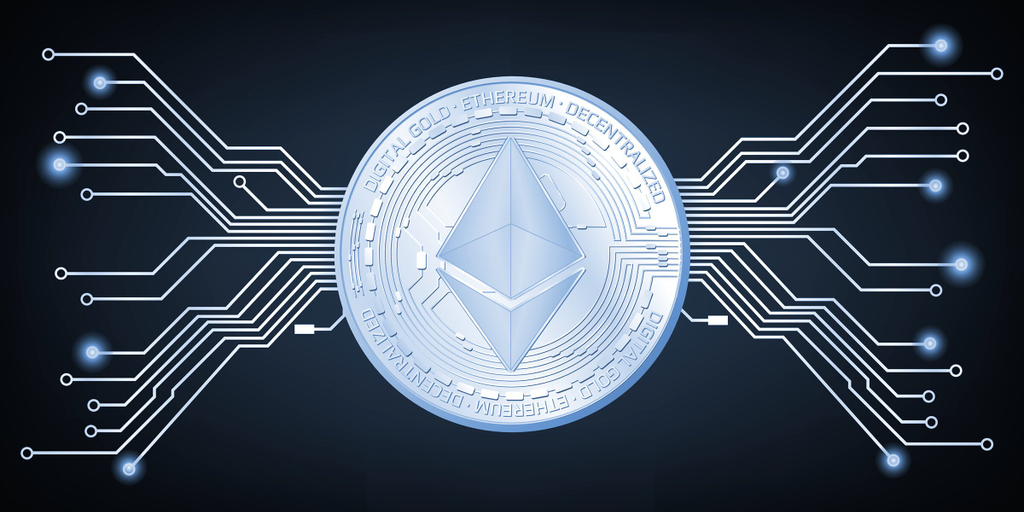The Ethereum network’s just completed Shanghai upgrade represents a glowing exit sign for some centralized entities.
The update, which went live on Wednesday at 6:27 p.m. EST, made it possible for validators who secured the network with more than 18 million ETH to initiate withdrawals. Those withdrawals fall into two main categories: partial withdrawals, which allow validators to collect their rewards and leave at least 32 ETH deposited to keep generating rewards, and full withdrawals, which pull everything off the network.
By Wednesday evening, crypto exchange Huobi, decentralized exchange PieDAO, decentralized finance protocol Staked.us, and crypto exchange Kraken were among the entities to be in line to make withdrawals, according to a Nansen dashboard.
Kraken is among the firms in line to fully exit as a network validator. In February, the company agreed to stop offering its staking products to U.S. customers as part of its $30 million settlement with the U.S. Securities and Exchange Commission.
Marco Santori, Kraken chief legal officer, told Decrypt during an interview for an upcoming podcast that the SEC knew Kraken would have to wait until withdrawals became available to make good on that part of the settlement.
Non-U.S. customers can choose to keep their ETH in the Kraken staking pool, but U.S. customers will have their funds returned.
“The settlement was pretty clear on that point,” Santori said. “And like we said, we want to put that affair behind us. So no, we won’t be offering staking in the U.S. for ETH.”
Before the settlement and Shanghai update, Kraken was among the most popular staking pool options for people who didn’t have 32 ETH to stake on their own. In early September, 30% of staked ETH was controlled by Lido Finance, 15% by Coinbase, 8% by Kraken, and another 7% by Binance.
At the time, there were roughly 14 million ETH staked as the network prepared to upgrade to proof of stake on September 15. Deposits had grown to 18 million ETH, worth approximately $35 billion, by the time the Shanghai update went live on Wednesday.
But that growth wasn’t spread out equally across staking pools. Decentralized liquid staking protocol Lido was the only one to see its share of depositors increase, albeit by 1 percentage point. Coinbase, Kraken, and Binance all saw their share of depositors shrink, according to Nansen.
Coinbase is facing its own looming fight with the SEC. In March, it received a Wells Notice from the securities regulator, warning that the SEC had found potential violations in several of its products—including Coinbase Earn, its staking pool. But the SEC hasn’t yet filed a lawsuit against Coinbase and the company has said it intends to fight whatever charges may be coming its way.
A Coinbase spokesperson declined to comment on the Shanghai upgrade beyond what the exchange had already shared on Twitter and in blog posts, warning customers that it could take a while actually receive their funds.
“Customers may need to remain patient,” the company wrote. “We anticipate the Ethereum protocol will take weeks to months to process unstaking requests immediately following the upgrade.”
The exchange said on Wednesday that customers whose ETH is in the queue to be withdrawn will continue to earn rewards until they receive their funds.
Meanwhile Binance, which runs the next largest ETH staking pool after Coinbase, is now the subject of a sweeping lawsuit from the Commodities Futures Trading Commission. The lawsuit doesn’t make any mention of the company’s staking products, but legal experts have said that the penalties the CFTC is seeking could cripple the company.
So, to recap: The SEC has already forced Kraken to remove U.S. customers from its ETH staking pool and alleges Coinbase has committed violations with its own staking products. And the CFTC is seeking massive damages in its complaint against Binance, which it says committed derivatives violations and traded against its own customers.
If you squint hard enough, it almost looks like U.S. regulators are working to create more decentralization among the validators securing the Ethereum network.
Stay on top of crypto news, get daily updates in your inbox.
Source: https://decrypt.co/126177/ethereum-shanghai-staking-withdrawals-validator-exits



